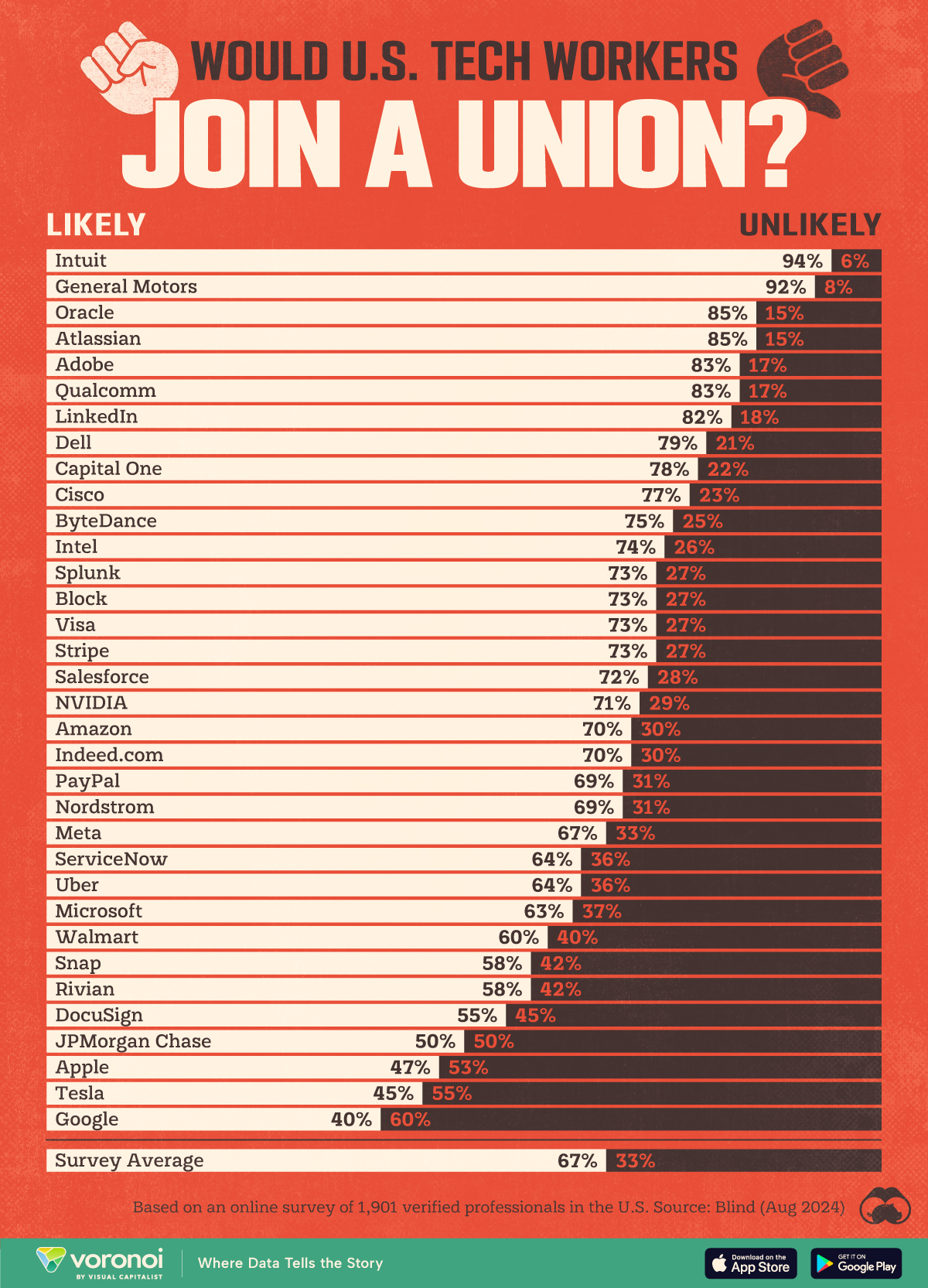avidamoeba
This is the right way to optimize performance. Write everything in a decent higher level language, to achieve good maintainability. Then profile for hotspots, separate them in well defined modules and optimize the shit out of them, even if it takes assembly inlining. The ugly stays its own box and you don't spend time optimizing stuff that doesn't need optimization.
While not entirely wrong, I'd take anything out of free market fundamentalists mouths like the ones at Mises with a gain of salt.
They're separate. You can treat them as alternative subs.
When I read, I subscribe to all alternatives on a topic I care about - e.g. Android. Then browsing the Subscribed fees would show me posts from all of them.
When I post, I check their user/month count in order to decide which one to post to. If I'm posting something important, I'd cross post it to the others, just like people do to similar alternative subreddits.
Not noticeable with always-on Tailscale with the default split-tunnel mode. That is when Tailscale is only used to access Tailscale machines and everything else is routed via the default route.
Google's fine. They're using ARM cores that are built on Samsung's shittier manufacturing process. Next year they're going TSMC which should improve power consumption dramatically. The lauded Dimensity 4000 also uses ARM cores, just newer and built on TSMC's process. By the same token, newer Google SoCs should experience similar performance as they update the cores and manufacturing.
The parent asked how do you define at all. What I wrote is just the dumbest way which demonstrates how it can be done. This dumb solution holds up even in your scenario because new media doesn't gain significant user base every other year. If the list is outdated, containing Facebook and Instagram alone, that would still capture a huge part of the problem already. You can probably figure a slightly less dumb alternative that wouldn't require amendments just to add another platform. Folks talking about the impossibility of defining something or implementing something in law often ignore obvious solutions, existing working processes, and present this false dichotomy of a perfect solution vs impossible to solve. Sometimes it's a matter of ignorance, other times it's driven by (conscious or subconscious) libertarian beliefs.
Here's one way to do it. The legislators define a list. Products in the list are social media. The list is referenced in the law.
Alternative Title: "Bluesky happy to use the standard playbook so long as there's still bozos willing to contribute free labor for their profit."
TFTFY
That's funny but I'm not gonna argue on it. It's easier to give another example. If you want to get informed try finding laws that depend on firm size and be convinced if you do.
Wrong as in not sound. An argument can be valid assuming its assumptions are true. The argument is the model, which really is a set of arguments. Its assumptions which are taken axiomatically are as you say impossible, therefore they are not true (which I called wrong). So the argument is not sound. I'm not saying anything different than what you said really, just used informal language. ☺️

I see. Makes sense.